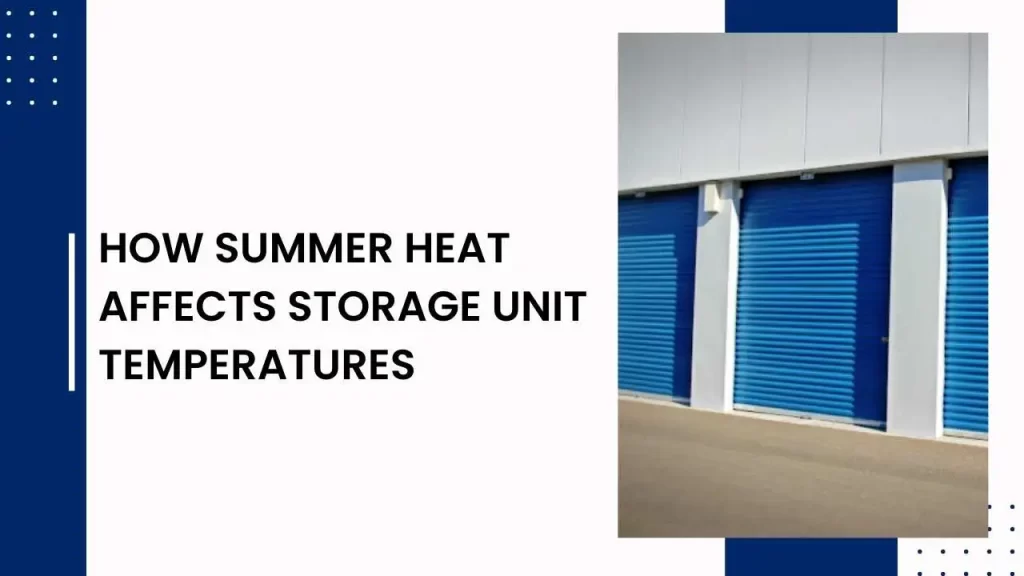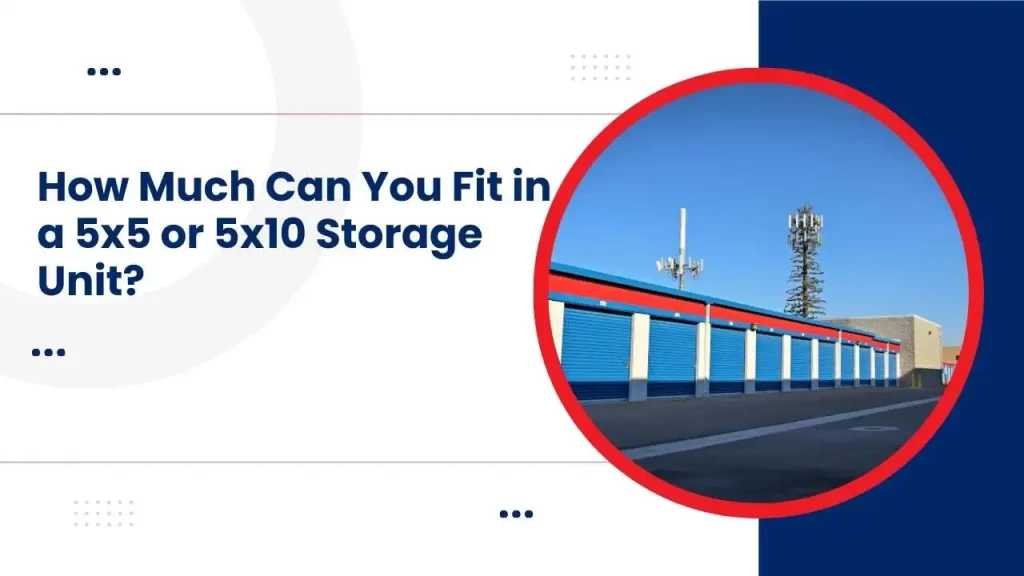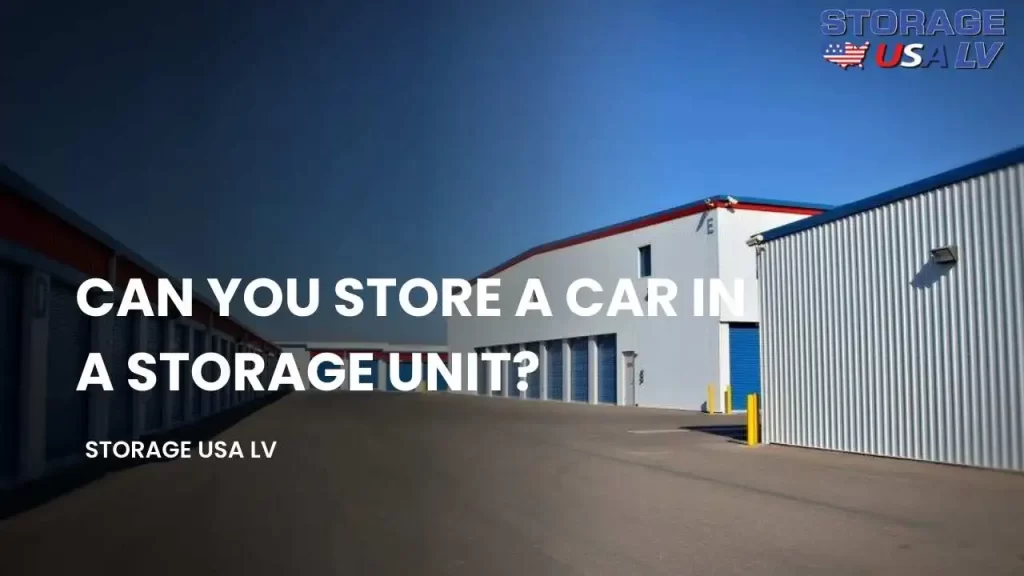
When it comes to storage units, the summer heat can significantly impact the internal temperature of the unit, potentially causing harm to stored items. Here’s a detailed look at how summer heat affects storage unit temperatures:
1. Temperature Fluctuations
- Non-Climate-Controlled Units: In a non-climate-controlled storage unit, the temperature inside can closely mirror the external environment. During the summer months, especially in regions with extreme heat, temperatures inside these units can soar, sometimes reaching upwards of 120°F (49°C). This intense heat can cause damage to sensitive items like electronics, photographs, and wooden furniture.
- Climate-Controlled Units: Climate-controlled units are designed to maintain a consistent temperature, typically between 55°F and 85°F (13°C to 29°C), regardless of the weather outside. While more expensive, these units offer better protection against the damaging effects of extreme heat.
2. Impact on Different Materials
- Wood: High temperatures can cause wood to expand, warp, or crack. Items like wooden furniture, musical instruments, and antiques are particularly vulnerable.
- Plastic and Metal: Plastics can melt or become misshapen, while metal objects may expand and potentially rust if there is any moisture present.
- Electronics: Heat can cause internal components in electronics to overheat, potentially leading to malfunctions or permanent damage.
- Photographs and Documents: High temperatures can cause photos to fade and paper to become brittle or discolored.
3. Humidity Concerns
- Increased Humidity: In many regions, summer heat is accompanied by high humidity levels. High humidity can lead to moisture buildup inside a storage unit, which can cause mold, mildew, and corrosion on various items.
- Moisture Control: Climate-controlled units not only manage temperature but also regulate humidity levels, typically keeping them below 60%, which helps to prevent moisture-related damage.
4. Effects on Stored Goods
- Food and Perishables: Storing food items in a hot storage unit can lead to spoilage and attract pests.
- Artwork and Collectibles: Paintings, sculptures, and other collectibles may degrade or lose value if exposed to high temperatures.
- Clothing and Fabrics: Fabrics can become discolored, and certain materials may degrade faster under extreme heat.
5. Strategies to Protect Your Belongings
- Opt for Climate-Controlled Units: For valuable or temperature-sensitive items, choosing a climate-controlled storage unit is the best option.
- Proper Packing: Use protective coverings, such as breathable fabric or plastic wrap, to shield items from direct heat. Avoid sealing items too tightly, as this can trap heat and moisture.
- Elevate Items: Keeping items off the floor can help prevent damage from any moisture buildup that may occur during hot and humid conditions.
Conclusion
Understanding how summer heat affects storage unit temperatures is crucial for preserving the condition of your stored belongings. Taking the necessary precautions, such as selecting the right type of storage unit and packing items appropriately, can help mitigate the risks associated with storing items in hot conditions.
Frequently Asked Questions
It's not recommended. Electronics are sensitive to high temperatures, which can cause them to malfunction. Opt for a climate-controlled unit to keep your gadgets safe.
Check the unit during the hottest part of the day. If it feels hot or stuffy inside, your items could be at risk. Consider upgrading to a climate-controlled unit.
Furniture should be stored in a unit that stays between 55°F (13°C) and 80°F (27°C) to prevent warping, cracking, or fading.
While climate-controlled units greatly reduce the risk of heat damage, it's still important to pack your items properly and check on them periodically.
It's a good idea to visit your storage unit at least once a month during the summer to ensure that everything is in good condition.


